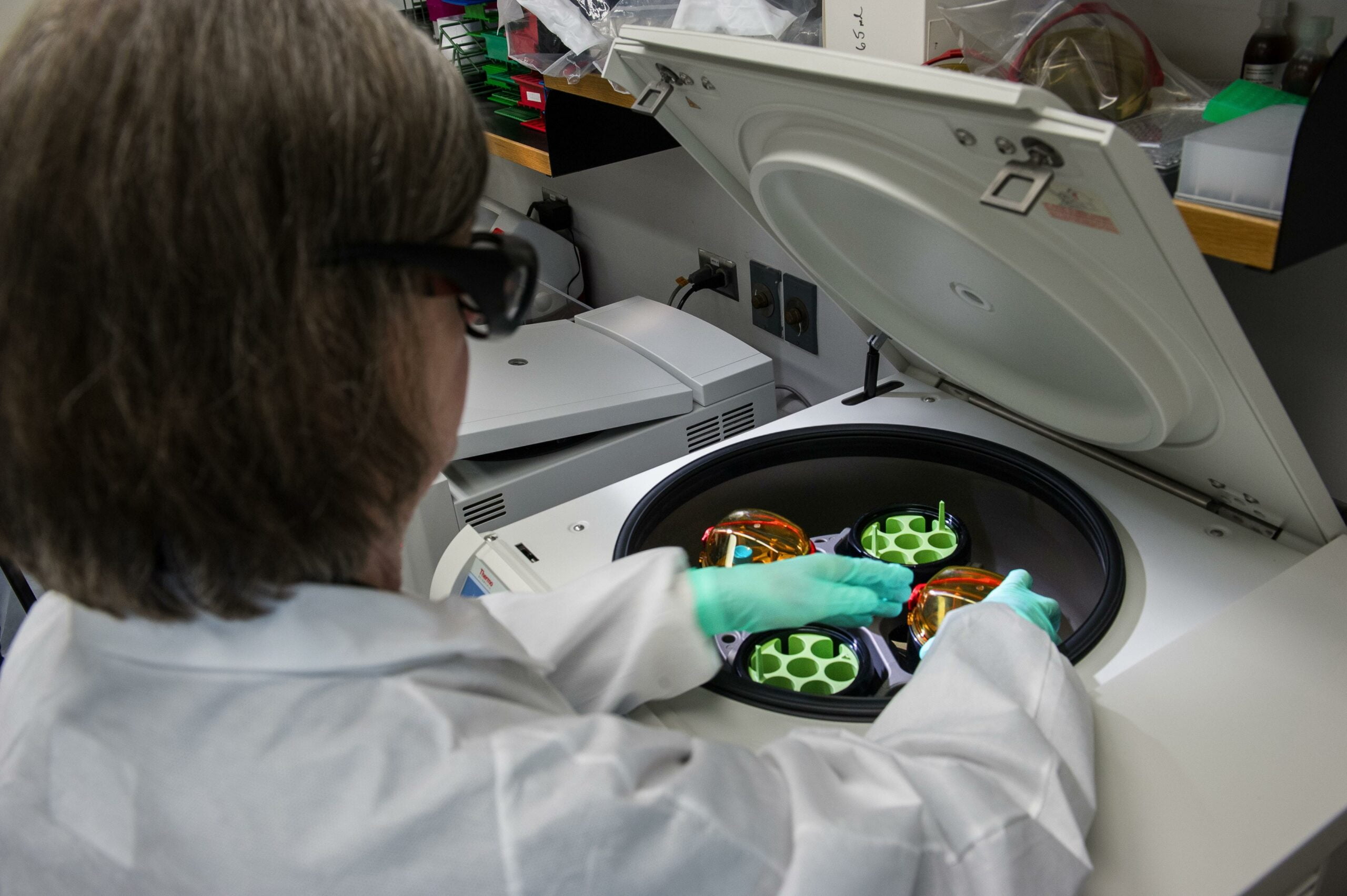Are you ready to dive into a world where the tiniest details hold immense significance? In this comprehensive guide, we will unveil the vast array of microscope types and their remarkable applications. From illuminating the intricacies of genetic mutations to exploring the hidden realms of environmental microbes, these remarkable tools provide a window into the invisible. As we embark on this journey, we will discover how different types of microscopes, from traditional light microscopes to cutting-edge electron and scanning probe microscopes, enable us to unravel the mysteries of the microscopic world. Get ready to be captivated by the wonders that lie within!

Diverse Types and Applications of Microscopes
As a scientist immersed in the captivating world of microscopy, I can attest to the countless applications and diverse types of microscopes that enable us to explore the intricate details of the microscopic realm. From unraveling the mysteries of genetic mutations to investigating the hidden complexities of cellular processes, microscopes are indispensable tools that have revolutionized scientific research. In this blog post, we will embark on a comprehensive journey, diving into the different types of microscopes and their intriguing applications.
Optical Microscopes: Illuminating the Microcosmos
Let’s begin by delving into the most common and widely used microscopes – optical microscopes. These microscopes utilize visible light and magnifying lenses to reveal the hidden structures of cells, tissues, and microorganisms. [diverse types and applications of microscopes] Optical microscopes play a fundamental role in various scientific disciplines, from biology and medicine to materials science and forensics.
Within the realm of optical microscopes, there are a plethora of subtypes, each designed to address specific imaging requirements. One notable subtype is the phase contrast microscope, which enables the visualization of transparent specimens by exploiting the differences in refractive indices within the sample. This technique unveils intricate cellular structures and enhances image contrast, making it invaluable in biological research.
“Optical microscopes serve as the gateway to the microscopic world, unraveling the hidden wonders of cells, tissues, and microorganisms.”
Electron Microscopes: Peering into the Ultramicroscopic Realm
When it comes to unveiling the ultrastructure of cells and molecules, electron microscopes take center stage. By harnessing accelerated beams of electrons instead of visible light, these remarkable instruments generate high-resolution images that reveal astonishing levels of detail. [diverse types and applications of microscopes] Electron microscopes have significantly contributed to our understanding of cellular organization and have paved the way for breakthrough discoveries in numerous scientific fields.
Two primary types of electron microscopes exist: transmission electron microscopes (TEM) and scanning electron microscopes (SEM). TEMs transmit electrons through thin sections of specimens, producing magnified images that expose intricate structures and molecular arrangements within cells and tissues. On the other hand, SEMs scan the specimen’s surface and provide a three-dimensional view, allowing scientists to scrutinize the surface morphology of an object.
“Electron microscopes have unlocked the secrets of the invisible world, revealing the complex tapestry of life at an unprecedented level of detail.”
Scanning Probe Microscopes: Mapping the Nanoscale Landscapes
Venturing into even smaller dimensions, scanning probe microscopes enable us to explore the nano world. These microscopes employ a physical probe to meticulously scan a sample’s surface, measuring its properties atom by atom, and unveiling its nanoscale features. [diverse types and applications of microscopes] Imagine a tiny “finger” touching the surface of the sample and converting its properties into an image. This incredible technology allows scientists to manipulate atoms, observe chemical reactions, and study the behavior of nanomaterials.
Scanning probe microscopes encompass various subtypes, such as atomic force microscopes (AFM) and scanning tunneling microscopes (STM). AFMs measure the interaction forces between the probe and the sample, constructing a highly detailed topographic map. In contrast, STMs exploit the quantum mechanical phenomenon of electron tunneling to create images with atomic resolution.
“Scanning probe microscopes provide us with a powerful means to navigate and understand the fascinating nanoscale landscapes.”
Scanning Acoustic Microscopes: Listening to the Whispers of Structures
Breaking away from the traditional reliance on light or electron beams, scanning acoustic microscopes offer a different perspective by utilizing sound waves to penetrate objects. These microscopes excel at detecting defects and flaws in materials and biological samples, [diverse types and applications of microscopes] revealing unseen imperfections that are invisible to other types of microscopes. The precise imaging capabilities of scanning acoustic microscopes make them invaluable in industries such as electronics, materials science, and diagnostics.
By emitting ultrasonic waves and detecting their reflections, scanning acoustic microscopes generate detailed images with exceptional resolution. This technology allows scientists to study the internal structure of materials, detect hidden faults, and evaluate the integrity of components.
“Scanning acoustic microscopes grant us the ability to ‘listen’ to the whispers of microscopic structures, uncovering their hidden secrets.”
X-ray Microscopes: Illuminating the Inner World
Lastly, we delve into the realm of X-ray microscopes – an invaluable tool for peering into the internal structures of cells, tissues, organs, and materials. Using X-rays instead of visible light, these microscopes produce high-resolution images by exploiting the differences in X-ray absorption within the sample. [diverse types and applications of microscopes] From investigating the three-dimensional architecture of cells and tissues to analyzing the elemental composition of materials, X-ray microscopes have found applications in diverse scientific disciplines.
X-ray microscopes unlock a wealth of information about the inner workings of samples by capturing the intricate interplay between X-rays and matter. By providing unprecedented insights into the internal structure and composition of objects, these microscopes facilitate breakthroughs in fields ranging from medicine and environmental research to material science and archaeology.
“X-ray microscopes shed light on the hidden world within, unraveling the mysteries concealed beneath the surface.”
In conclusion, the diverse types of microscopes offer us an extraordinary gateway into the microscopic realm. Optical microscopes illuminate the microcosmos, while electron microscopes peer into the ultramicroscopic realm. Scanning probe microscopes unveil the nanoscale landscapes, scanning acoustic microscopes reveal hidden flaws, and X-ray microscopes grant us access to the inner world of cells, tissues, and materials. Through these remarkable instruments, scientists unravel the secrets of nature, fueling discoveries and advancing our understanding of the intricate workings of the microscopic universe.
“Diverse types and applications of microscopes enable us to explore the microscopic world from various angles, unveiling the intricate tapestry of life and materials.”
Microscopes are incredible tools that have revolutionized our understanding of the microscopic world. They allow us to see things that are too small for the naked eye to perceive. If you’re interested in learning more about microscopes, you should check out our article on “5 Facts About Microscopes.” It’s a fascinating read that dives into the history, types, and applications of microscopes. Click here to explore the article and expand your knowledge on this fascinating subject: 5 Facts About Microscopes.
FAQ
Question 1
What is the Evos M5000 Imaging System?
Answer 1
The Evos M5000 Imaging System is a high-resolution microscope that provides instant publication-quality images. It is an easy-to-use and versatile microscope designed for a broad range of cell and tissue imaging applications. The microscope uses cutting-edge technology to generate high-resolution images.
Question 2
What are the different types of microscopes and their applications?
Answer 2
There are different types of microscopes with various applications. Optical microscopes, such as phase contrast microscopes, use light to pass through a sample and are used for observing cells, tissues, and microorganisms. Electron microscopes use accelerated electrons to produce an image and are used for studying the ultrastructure of cells and molecules. Scanning probe microscopes use a physical probe to scan a sample’s surface and measure its properties, enabling imaging and manipulation of atoms and nanomaterials. Scanning acoustic microscopes use sound waves to penetrate a sample and detect defects or flaws in materials and biological samples. X-ray microscopes use X-rays to create images of the internal structure of cells, tissues, organs, and materials.
Question 3
What is the history of microscopes?
Answer 3
The history of microscopes dates back to the late 16th century when simple refracting telescopes that magnified objects were developed. Compound microscopes, which have multiple lenses, were later developed and widely used in medical research and other sectors. Advances in microscopy in the 19th century led to the development of new types of microscopes, such as the polarizing microscope, phase-contrast microscope, and fluorescence microscope.
Question 4
What are the applications of light microscopes?
Answer 4
Light microscopes, which use visible light and magnifying lenses, are the most common type of microscopes. They are used to examine small objects in finer detail. The applications of light microscopes include studying transparent or opaque specimens, observing cellular processes, investigating genetic mutations, and exploring environmental microbes.
Question 5
Why are microscopes essential in scientific research?
Answer 5
Microscopes are essential instruments used for examining small objects that are not visible to the naked eye. They have revolutionized our understanding of the properties of light and enabled detailed examination of samples. Microscopes, like the Evos M5000 Imaging System, play a crucial role in various fields of research, allowing scientists to study microorganisms, cells, tissues, and nanostructures, and obtain valuable insights into their structures and functions.
- Mastering Leader in Spanish: The Complete Guide - April 19, 2025
- Uncovering Surprising Parallels: England Size Compared to US States - April 19, 2025
- Old Mexico Map: Border Shifts 1821-1857 - April 19, 2025
















